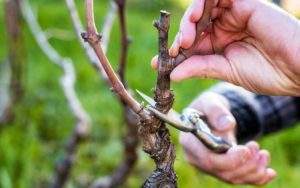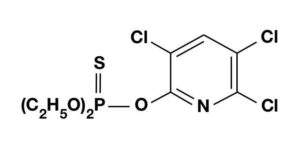The filter which must be a 3rd category PPE for the chemical hazard depends on the combination of the type of PPE (full face mask, half mask, helmet or tractor cab), the toxicological characteristics of the preparation, the type and duration of employment.
The gas, dust and combination filters (gas + dust) are marked with letters, colours and numbers which, in turn, identify the types (A; B; E; K; P; etc.) and the European classes – EN (1; 2; 3).
Ogni lettera è stata abbinata ad un colore per facilitare il riconoscimento anche quando il filtro è in uso.
In agriculture, most of the filters suitable for the protection of the respiratory tract against the risks arising from the handling of the dangerous chemicals used (references are found in heading No 8 of the safety data sheet “SDS” accompanying the product itself) consists of particulate or dust filters marked with the letter P combined with gas filters and organic vapour filters marked with the letter A.
The letter A and the brown color indicate that the filter is effective against organic gases and vapours, that is, against organic chemical agents, also called organic aeriforms.
While the letter P and the white color indicate the protection against chemical particulate agents such as dust, fumes and mists, also called aerosols.
The combination of the two types of filter is visually identified with two colors: the white for the P filter and the brown for the A filter, to which, however, the relative classes must be combined.

